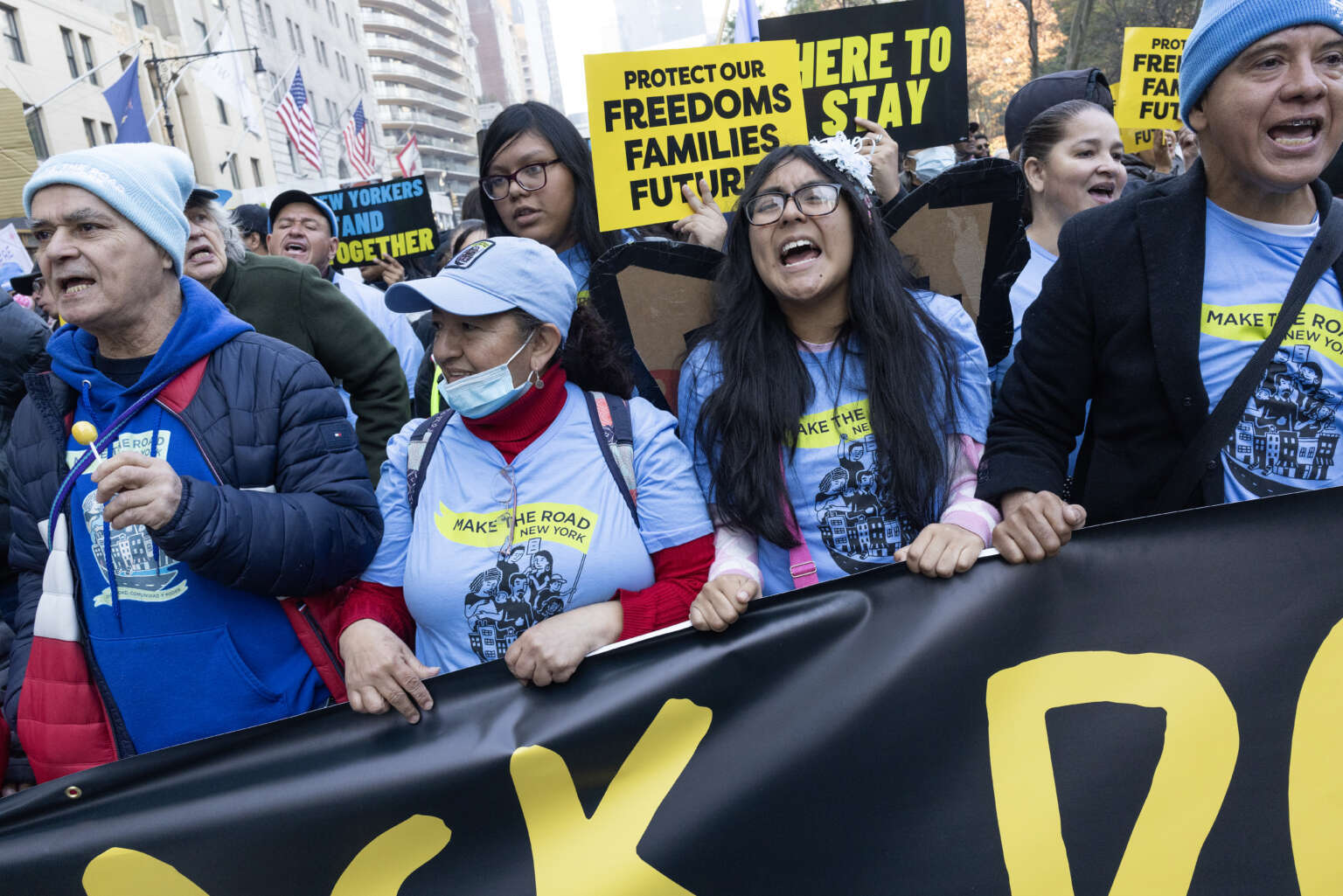The bright spots of the first Trump era came as movements not only rallied large numbers of people in defensive battles against the White House, but also carried forward popular energy by organizing around a positive vision for change. Here, the model offered by Bernie Sanders was very important. Sanders achieved far greater success in his 2016 primary challenge to Hillary Clinton than anyone in the Washington establishment could have imagined by running on a resolute platform of Medicare for All, free higher education, and confronting the power of corporations and the rich. Whether or not “Bernie would’ve won” in 2016 had he been in the general election, as many of his supporters believe, the senator was nevertheless vital in pointing to a model of how Trumpism could be combatted with a progressive populist vision, rather than a retreat to the center and the adoption of “Republican-lite” versions of policy
Groups motivated to build active support for such a vision — which included progressive unions, community organizations investing in electoral work in a more concerted way than ever before, and new or re-energized formations such as the Democratic Socialists of America, Justice Democrats, Our Revolution, the Working Families Party and the Poor People’s Campaign — entered into contests that gave rise to the Squad at the federal level, as well as an unprecedented number of movement champions taking office locally.
This time around, we must be more clear than ever that our goal is to win over a majority of Americans. Movements should not be afraid to engage in polarizing protest, but they should be mindful of the challenge of producing positive polarization that reaches out to include more people in the fight for justice, while minimizing negative polarization that pushes away potential supporters. Crucial to this is always seeking to expand the coalition of allies, engage in political education to bring in newcomers, and not accept the myth of the righteous few, or the idea that the path to victory is through demanding ever-greater levels of moral purity among those we associate with, even if that means ever-greater insularity.



Yeah, learning about the criminalization of peaceful protests, both is severity of crime but also the fines/time was quite chilling. They have really set up the stage to criminalize protests against Fascism. Things are only going to get more grim in the foreseeable future
Quotes